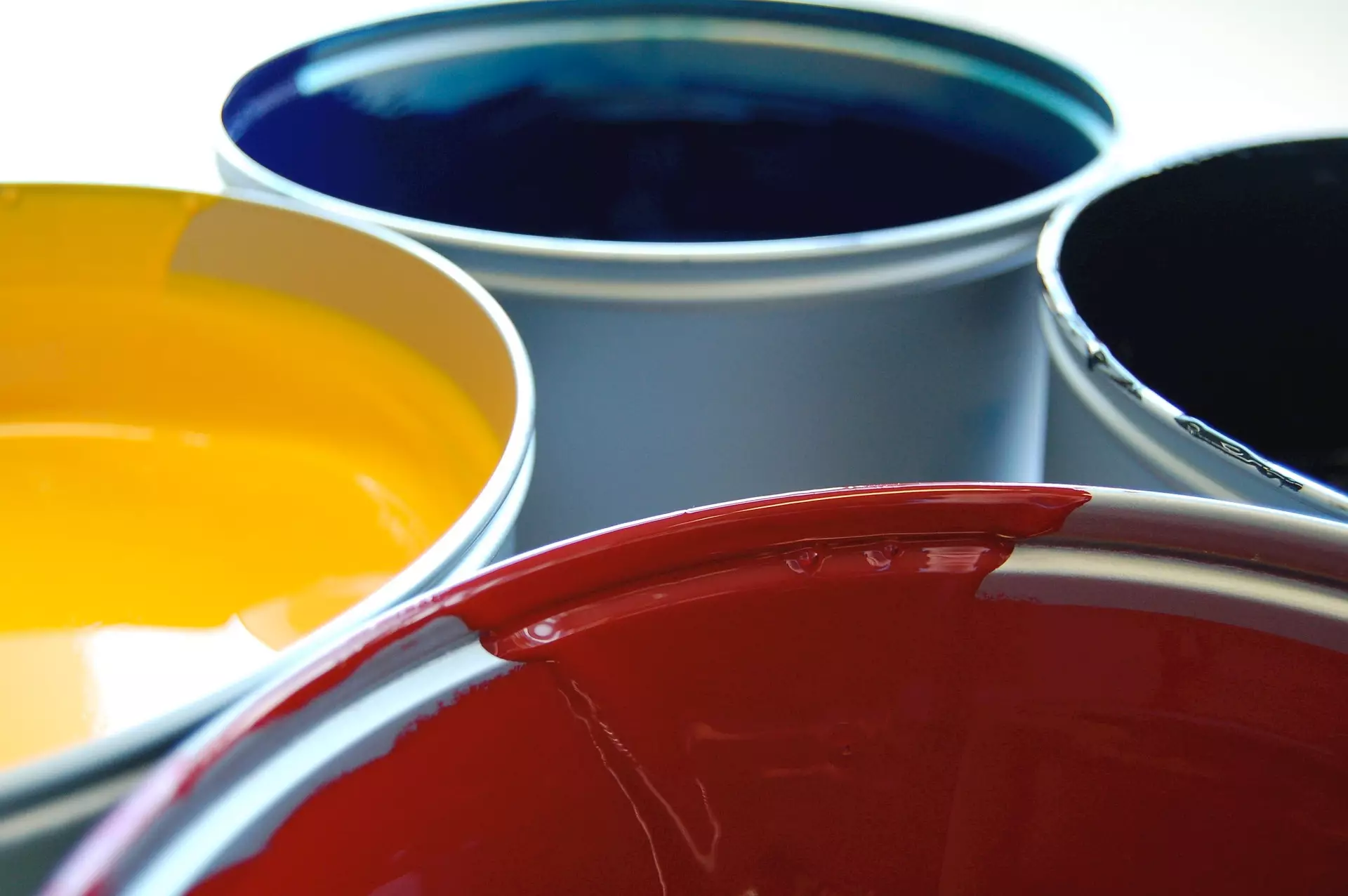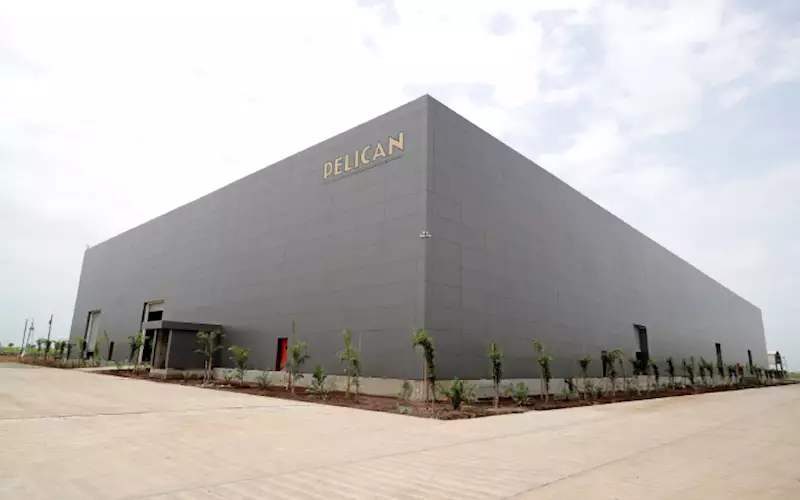The Gravure-isation of India's packaging market with Pelican
Pelican’s Sanat Gandhi speaks to Charmiane Alexander of WhatPackaging? about the company’s foothold in the Indian market and how it has sustained as one of the top gravure press manufacturers in the country and provides a gist of the way ahead for gravure
28 Mar 2020 | By WhatPackaging? Team
Rajkot-based Pelican has more than 350 gravure press installations in the industry and it is dispatching new equipment every 12 days. Apart from gravure presses, Pelican also produces equipment for solvent and solvent-less lamination, and extrusion lamination applications. In addition, it manufactures slitter rewinders, inspection rewinders, and stack flexography equipment for special segments such as woven sacks.
In conversation with Alexander, Gandhi shared Pelican’s approach of doing business. He said, “In India, there would be about 20 players in the gravure press manufacturing segment. Among these, a majority of the players cater to the price-conscious converters. Even though we address this segment with our entry-level offerings, our focus remains on the quality conscious converters who are looking for high performance machines.”
The gravure market - past, present and future
Gandhi shed light on how the converting industry is shaping up and what is the sales outlook for the Rajkot-based specialist. He explained that earlier, the biggest hub for converting was Europe and North America. Over the past decade, the multinational converters established bases in the Asian countries by acquiring smaller converters. Gandhi claimed that this market scenario helped Pelican boost its sales, as its presses are at par with the European quality standards.

Gandhi: We have more than 350 gravure press installations in the industry
In India there still exists a market for 150 gravure presses every year. However, Gandhi believes that the traditional gravure application is seeing a squeeze in its margins as converters are finding means to increase their margins through innovations such as the inclusion of embossing, window-patched boxes, security features, and so on.
He stated that the converters are trying to innovate and are approaching Pelican for solutions. An indication of which is Pelican’s execution of equipment modifications in order to produce a customised solution. “At the same time, converters are unsure about the success of their innovation so they want to keep both the options open. This is leading to modular solutions. If the trend continues, in a couple of years we will see demand for tailor made solutions where manufacturers and converters use their joint expertise to come up with new solutions that differ from others.”
The smart factory
Pelican has acquired 40 acres of land in Rajkot, out of which, close to 25 acres is dedicated for its factory, while the remaining 15 acres space is set aside for an industrial park for vendors. The park aims to boost its network of vendors. This is beneficial in both ways, as the vendors also get a larger space to operate, and help them tackle expensive land rates.
Pelican has already moved more than 80% of its production to the facility and by the next financial year, it will entirely move to the new set up. The facility is organised in grid-wise sections. The grid will recognise each and every employee and record the time spent on each machine. Thus, establishing cost of production more scientifically.
Once again - Gravure or flexo?
Two debates still continue to resonate in the printing industry. Digital or offset and gravure or flexo. Elucidating which, Gandhi said, “It's slightly misleading to say that gravure cylinders are expensive compared to flexo plates.They are only expensive if you are making a new cylinder, but if we consider reengraving, gravure comes pretty close to flexo and it gives very long run lengths.”
In addition, as technology progresses, gravure presses are being produced with shaftless technology and better tension control features that can print on PE substrates. Meanwhile, flexo is improving its capability to print on BOPP and Polyester. But, the initial investment in a CI flexo press is much higher than the gravure presses. Pelican had forayed into the CI flexo manufacturing segment long back in 2006. It used to supply equipment to African countries as there was no demand for such machines in India back then. This set off Pelican to explore more in the gravure industry.
Gandhi’s take on gravure inks
“Earlier, gravure presses ran up to 300m/min. Now the machines can run up to 450m/min and the inks have to dry fast. A case in point is the new press which we developed by acquiring technology from Cerruti, which enabled us to manufacture gravure presses that can run at speeds of up to 450 m/min.”
He added that on the other hand with the increase of BOPP film applications, the use of PU and vinyl based ink is increasing where the ink makers have to address the solvent retention problem. And the final packaging sent to the brand owner must not have any residual monomer or solvents present.

Gandhi believes that flexo has its own advantages but the repeatability of gravure is unmatched. And essentially, CI flexo gives better results than gravure but only for one material whereas gravure has universal applications.“The quality of printing on plastics is best achieved by gravure but for certain applications such LDPE which is stretchable is nature, CI flexo achieves better results as the film is supported throughout the impression cycle. Similarly for uneven surfaces such as woven sacks, flexography offers better solutions. With the restrictions in usage of multi-layered films, more and more PE based structure is coming leading to popularity of CI flexo.
A new catalyst - Single-use plastic ban
There are certain products that Pelican is considering to manufacture, especially in order to cater to the market shifts enforced by the ban on single-use plastics. Gandhi believes that the ban has propelled the rise in rigid packaging which includes bottles. “This form of packaging will require shrink sleeve labels. However, the problem here is that the order quantities are very small and thus, they are infeasible to print using gravure or flexo. Converters have begun printing shrink films on label presses, which can print unsupported films and can produce quantities as low as 50kg.”
Gandhi also mentioned that the ban on single-use plastics, has boosted the demand for paper cups. Currently, the raw material for these cups are mostly imported from China. But, there is an increase in demand from the converters to source the materials locally. This has triggered Pelican, which also produces coating machines for conventional applications to look into possibilities for the specialised coating applications.
He concluded, “As we innovate, we will have some new products and we will change our existing technologies to make it more economical and more precise.”
Pelican's Acrostar slitter rewinder
Pelican has introduced turret-Type slitter rewinder, Acrostar. In comparison to a conventional slitter, Acrostar is a entirely servo based equipment that uses dual rewinder shafts, which enables it reduces downtime up to 75 to 80% during rewinding changeovers. The equipment has six main drives that are driven by individual servo motors eliminating all mechanical transmissions. In just less then one year after its introduction in October 2019, Pelican has already sold and installed six Acrostars in the Indian market with one repeat order.

Gandhi explained, “Typically, a gravure press requires two to three slitter rewinders, in contrast to which our equipment is capable of handling the output of as high as two Slitter machines. In addition, the machine operator can easily work on the equipment, parallelly, while the machine is in production.”
According to Gandhi, Pelican has an edge over its competitors due to its in house capabilities, which includes its own automation division. For instance, Pelican uses Siemens drives in its machines which are not procured for any system house.“We ourselves are a system house, we can procure these systems at a much lower cost directly from Germany. We have a 25-person team working in the automation division itself. This gives us a lot of agility and speed in responding to new requirements as well as quick service support.”











 See All
See All